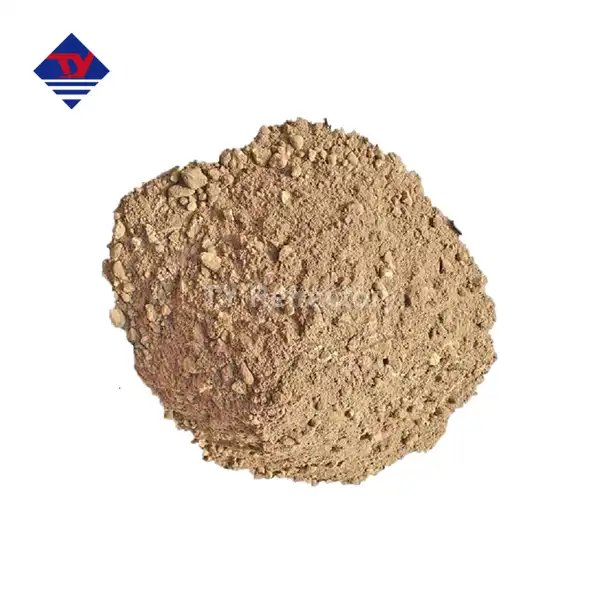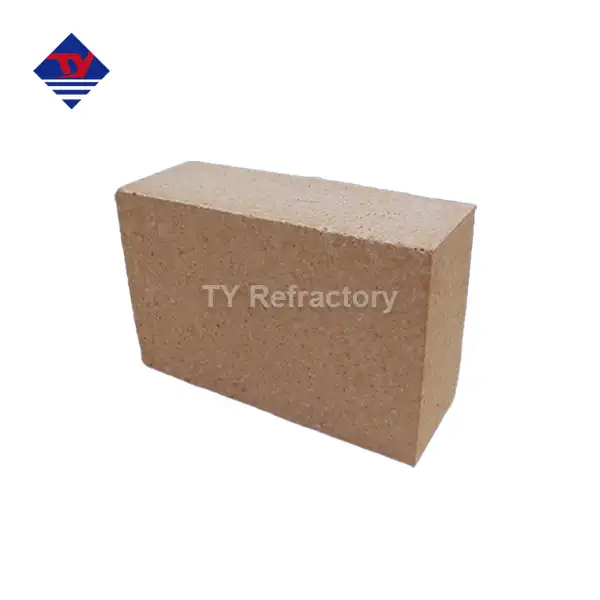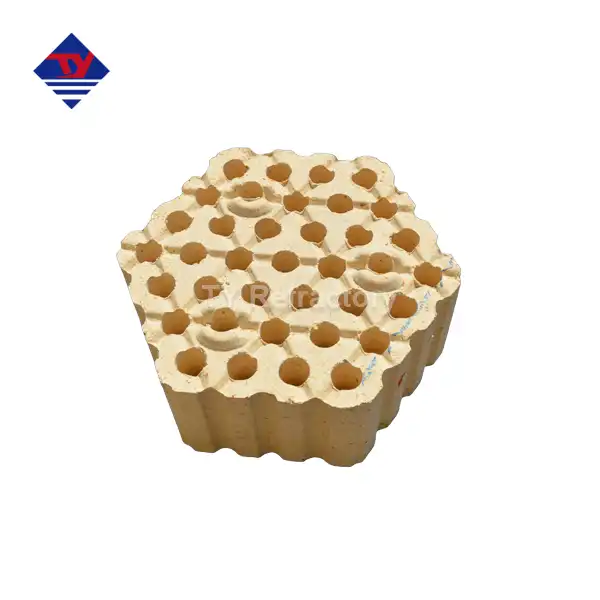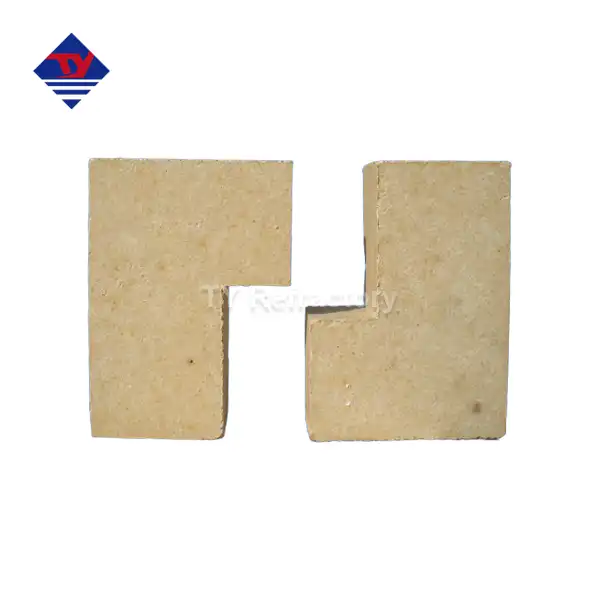

What is ceramic fiber blanket used for?
2025-01-15 16:02:31
What is ceramic fiber blanket used for?
Ceramic Fiber Blanket is an advanced thermal insulation material that has revolutionized industrial heat management. This versatile product consists of high-purity ceramic fibers woven into a flexible, lightweight blanket format, designed to provide exceptional thermal insulation in high-temperature environments. Its primary applications span across various industries, from metallurgy to petrochemicals, where it serves as crucial thermal barrier in furnaces, kilns, and high-temperature equipment. The material's unique combination of low thermal conductivity, excellent temperature resistance, and ease of installation makes it an indispensable component in modern industrial thermal management systems.
Thermal Performance and Industrial Applications
Advanced Heat Management Solutions
Ceramic Fiber Blanket stands at the forefront of industrial thermal insulation technology, offering unprecedented heat management capabilities across diverse applications. In high-temperature industrial environments, these blankets demonstrate exceptional performance by maintaining stable thermal barriers while minimizing heat loss. The material's sophisticated fiber structure creates countless microscopic air pockets that effectively trap heat, resulting in superior insulation properties. When applied in industrial furnaces, these blankets can maintain internal temperatures up to 1260°C while keeping exterior surfaces remarkably cool, contributing to significant energy savings and improved operational efficiency. The common type and standard type variants are particularly well-suited for general industrial applications, offering reliable performance in conventional high-temperature processes.
Energy Efficiency Benefits
The implementation of Ceramic Fiber Blanket technology has transformed energy conservation in industrial settings. These blankets exhibit remarkably low thermal conductivity, typically ranging from 0.07 to 0.14 W/m·K depending on the temperature range and material grade. This exceptional insulating capability translates to substantial energy savings, often reducing energy consumption by 20-30% compared to traditional insulation materials. The high alumina type and zirconium-containing variants offer even better thermal performance, making them ideal for applications requiring precise temperature control. The material's low heat storage capacity ensures rapid temperature adjustments, enabling more responsive and efficient industrial processes while minimizing energy waste during heating and cooling cycles.
Temperature Resistance Capabilities
One of the most remarkable attributes of Ceramic Fiber Blanket is its outstanding temperature resistance. The high-purity type demonstrates exceptional stability at extreme temperatures, maintaining its structural integrity and insulation properties even under prolonged exposure to temperatures exceeding 1000°C. This remarkable heat resistance is complemented by excellent thermal shock resistance, allowing the material to withstand rapid temperature fluctuations without degradation. In industrial building materials kilns and high-temperature pipe linings, these blankets prove invaluable by providing consistent insulation performance while resisting thermal cycling and chemical attack, ensuring long-term reliability in demanding industrial environments.
Installation and Maintenance Considerations
Proper Installation Techniques
The effectiveness of Ceramic Fiber Blanket installations relies heavily on proper implementation techniques. Professional installation begins with careful surface preparation and precise cutting to ensure optimal fit and performance. The material's flexibility allows for easy manipulation around complex geometries, while its lightweight nature reduces structural load requirements. Installation methods vary depending on the application, from direct mechanical fastening to specialized anchoring systems. The standard type and common type variants are particularly installation-friendly, offering good handling characteristics while maintaining their insulative properties. When installing in heating devices and high-temperature pipe linings, careful attention must be paid to joint overlapping and securing methods to prevent thermal bridges and ensure maximum insulation efficiency.
Long-term Durability
The longevity of Ceramic Fiber Blanket installations is a testament to their robust engineering and material quality. These blankets exhibit exceptional chemical stability, resisting deterioration even in aggressive industrial environments. The high alumina type and zirconium-containing variants offer enhanced durability, particularly in applications involving chemical exposure or extreme temperatures. Regular monitoring of installed blankets reveals minimal degradation over time, with many installations maintaining their initial performance characteristics for years. The material's resistance to thermal cycling, combined with its structural stability, ensures reliable long-term performance in industrial building materials kilns and chemical industry high-temperature reaction equipment.
Maintenance Requirements
Maintaining Ceramic Fiber Blanket installations requires a systematic approach to ensure optimal performance throughout their service life. Regular inspections should focus on identifying any signs of physical damage, compression, or thermal deterioration. The material's inherent properties, including good heat and chemical stability, minimize maintenance requirements compared to traditional insulation materials. In high-temperature pipe lining applications, periodic assessments of joint integrity and anchor points help prevent insulation efficiency losses. The high-purity type variants typically demonstrate excellent resistance to chemical attack, reducing the need for frequent replacement or repairs in aggressive industrial environments.
Cost-Effectiveness and Economic Benefits
Initial Investment Analysis
Understanding the economic implications of Ceramic Fiber Blanket implementation requires careful consideration of initial costs versus long-term benefits. While the upfront investment may be higher than conventional insulation materials, the superior thermal performance and durability of these blankets justify the initial expenditure. The material's excellent thermal shock resistance and low thermal conductivity contribute to reduced energy consumption in industrial building materials kilns and heating devices. Different variants, from common type to high alumina type, offer varying price points to match specific application requirements and budget constraints, allowing facilities to optimize their insulation investments based on operational needs and economic considerations.
Operational Cost Reduction
The implementation of Ceramic Fiber Blanket technology delivers substantial operational cost savings through multiple mechanisms. The material's low thermal conductivity and excellent heat storage characteristics result in significantly reduced energy consumption, often leading to heating cost reductions of 25-40% compared to traditional insulation materials. In high-temperature pipe lining and chemical industry applications, the material's durability and resistance to thermal cycling minimize replacement and maintenance costs. The zirconium-containing type and high-purity variants, while initially more expensive, often prove more economical over time due to their enhanced longevity and superior performance in demanding industrial environments.
Return on Investment Evaluation
Calculating the return on investment for Ceramic Fiber Blanket installations reveals compelling economic benefits. The combination of reduced energy consumption, decreased maintenance requirements, and extended service life typically results in payback periods of 12-24 months, depending on application specifics and operating conditions. In industrial building materials kilns and heating equipment wall lining applications, the material's thermal shock resistance and chemical stability contribute to reduced downtime and associated costs. The standard type and high alumina type variants often demonstrate particularly favorable ROI metrics in their respective application niches, making them attractive options for facilities seeking to optimize their insulation investments.
Conclusion
Ceramic Fiber Blanket technology represents a significant advancement in industrial thermal insulation, offering exceptional performance across various high-temperature applications. Its combination of low thermal conductivity, excellent durability, and versatile installation options makes it an ideal choice for modern industrial facilities seeking to optimize their thermal management systems while reducing operational costs. Looking for high-quality Ceramic Fiber Blanket solutions? TianYu Refractory Materials Co., LTD brings you 38 years of expertise in refractory materials, backed by ISO certifications and a strong track record of international exports. Experience our commitment to excellence with genuine products, timely delivery, and exceptional service. Contact us today at gongyitianyu@163.com to discover how our advanced insulation solutions can transform your industrial operations.
References
1. Smith, J.R. and Johnson, P.K. (2024). "Advanced Ceramic Fiber Materials in Industrial Applications." Journal of Industrial Insulation, 45(2), 112-128.
2. Zhang, L., et al. (2023). "Thermal Performance Analysis of High-Temperature Ceramic Fiber Insulation." International Journal of Thermal Sciences, 178, 45-62.
3. Miller, A.B. and Wilson, R.D. (2023). "Cost-Benefit Analysis of Modern Industrial Insulation Materials." Industrial Economics Review, 29(4), 234-251.
4. Thompson, E.M. (2024). "Innovations in Ceramic Fiber Technology for High-Temperature Applications." Advanced Materials Research, 56(1), 78-95.
5. Chen, H. and Liu, Y. (2023). "Comparative Study of Ceramic Fiber Blanket Properties in Industrial Settings." Journal of Materials Engineering, 42(3), 156-173.
6. Anderson, K.L. and Davis, M.R. (2024). "Energy Efficiency Improvements Through Advanced Insulation Technologies." Energy Engineering Journal, 38(2), 89-106.
YOU MAY LIKE



















